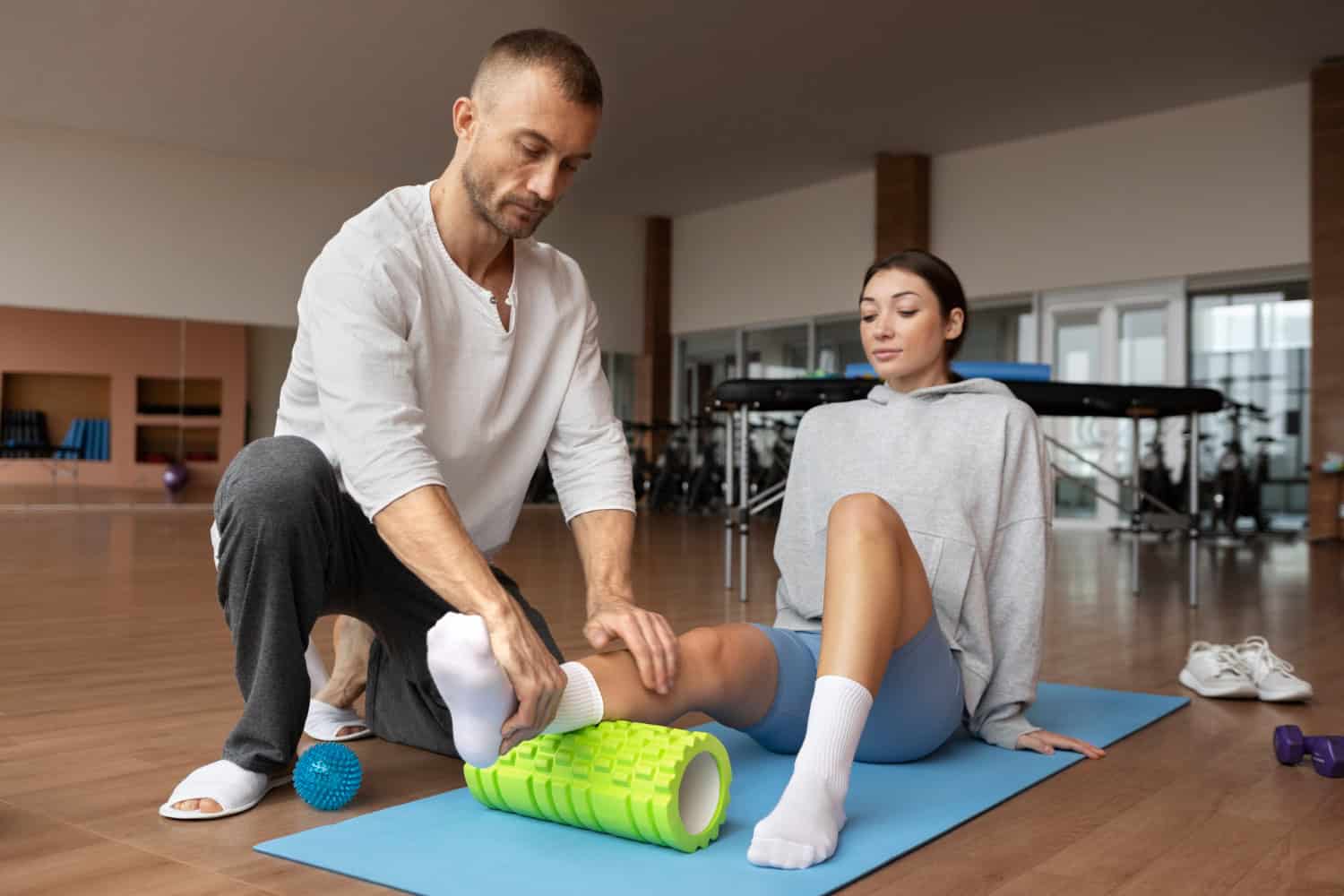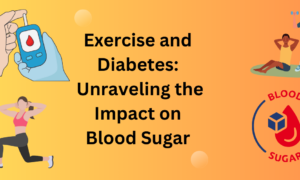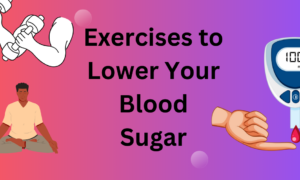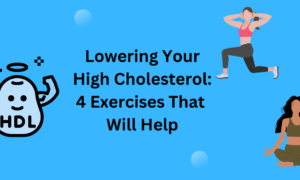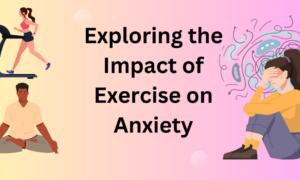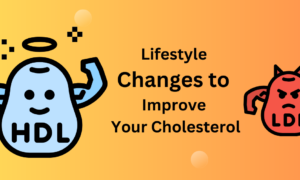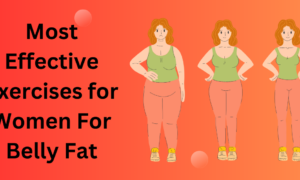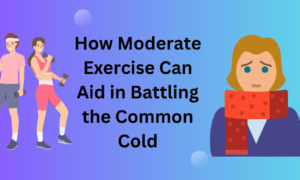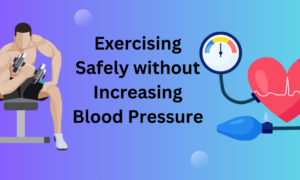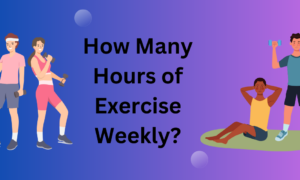Physical activity plays a vital role in overall health and well-being. When it comes to recovery from exercise, injury, or general fatigue, engaging in movement therapy can be transformative. This article explores how active recovery supports the healing process, ensuring that you can bounce back stronger and healthier. Let’s see the science and benefits behind it.
What Is Active Recovery?
Active recovery refers to low-intensity exercise performed after a strenuous workout or during a rest day. Instead of being entirely sedentary, you engage in light movement that helps stimulate blood flow, reduce muscle stiffness, and promote faster recovery. This approach stands in contrast to passive recovery, where no physical activity occurs.
Examples of active recovery include:
- Walking or jogging at a slow pace
- Gentle yoga or stretching
- Swimming with minimal effort
- Low-resistance cycling
The idea is not to push yourself but to keep your body in motion. Research highlights that active recovery can significantly reduce delayed onset muscle soreness while improving circulation. Enhanced circulation helps deliver oxygen and nutrients to muscles, speeding up the healing process.
Benefits of Active Recovery
- Improved Circulation: Low-intensity activities increase blood flow, which helps eliminate waste products like lactic acid.
- Reduced Muscle Soreness: Gentle movement alleviates the tightness and stiffness experienced after intense exercise.
- Mental Relaxation: Engaging in light physical activity promotes mental clarity and reduces stress.
- Joint Mobility: Movement keeps joints lubricated, reducing stiffness and pain.
Incorporating active recovery into your routine can optimize your physical and mental recovery, paving the way for better performance and overall health.

The Science Behind Movement Therapy
Movement therapy involves structured physical activities aimed at improving physical and emotional health. For recovery, it incorporates a mix of therapeutic exercises that target flexibility, strength, and mobility.
How It Works
- Stimulates Blood Flow: Gentle movements increase oxygen-rich blood circulation, aiding tissue repair and reducing inflammation.
- Releases Endorphins: Engaging in low-intensity exercises triggers the release of endorphins, the body’s natural painkillers.
- Improves Lymphatic Drainage: Movement aids the lymphatic system in removing toxins, which accelerates recovery.
- Supports Muscle Regeneration: Light exercises encourage muscle fibers to rebuild stronger and more resilient.
Key Techniques in Movement Therapy
- Dynamic Stretching: Involves controlled movements that prepare muscles and joints for activity.
- Foam Rolling: A self-massage technique that releases tension in muscles and fascia.
- Functional Movements: Exercises like squats, lunges, or light resistance work mimic daily activities to enhance mobility and balance.
By combining these techniques, movement therapy ensures a holistic approach to recovery.
The Role of Physical Activity in Recovery
Physical activity recovery goes beyond structured exercise programs. It involves a blend of planned and incidental movements throughout the day. Staying active, even in small ways, has profound effects on healing and overall health.
Physical Activity’s Impact on Recovery
- Prevents Stiffness: Sedentary behavior after intense activity can lead to stiffness. Moving regularly prevents this issue.
- Boosts Immunity: Regular physical activity strengthens the immune system, which plays a crucial role in tissue repair.
- Maintains Muscle Tone: Light movements preserve muscle mass and prevent atrophy during periods of reduced activity.
Practical Applications
- Post-Workout Walks: Taking a 10-15 minute walk after a workout can reduce soreness and improve recovery.
- Active Breaks: During long periods of sitting, take short breaks to stretch or walk around.
- Daily Mobility Routines: Incorporate activities like yoga or tai chi to maintain flexibility and balance.
Physical activity recovery is about consistency and listening to your body’s cues, ensuring you don’t overdo it.
Exercise and Healing: A Synergistic Relationship
Exercise and healing work hand in hand. Whether recovering from an injury, surgery, or general fatigue, engaging in appropriate physical activity accelerates the healing process.
Healing Benefits of Exercise
- Strengthens Surrounding Muscles: Light exercises support injured areas by strengthening surrounding muscles, reducing strain on the affected part.
- Enhances Tissue Elasticity: Regular movement ensures tissues remain elastic, preventing stiffness or adhesions.
- Reduces Chronic Pain: Low-intensity activity helps alleviate chronic pain by improving blood flow and releasing tension.
Incorporating Exercise into Healing
- Gradual Progression: Start with low-impact activities like swimming or walking before moving to moderate-intensity exercises.
- Focus on Form: Ensure proper technique to prevent further injuries.
- Include Recovery Days: Balance activity with adequate rest to allow tissues to repair.
By integrating exercise into the healing process, you can achieve a faster and more effective recovery.
Keyword Planning and Trends Analysis
Understanding keyword trends like “active recovery” and “movement therapy” can offer insights into their growing popularity. These terms resonate with audiences seeking practical solutions for better recovery and health.
Keyword Insights
- Active Recovery: Popular in fitness and wellness content, highlighting the benefits of low-intensity activity post-exercise.
- Movement Therapy: Frequently searched by individuals dealing with injuries or chronic conditions.
- Physical Activity Recovery: A term gaining traction in discussions about maintaining fitness levels while recovering.
- Exercise and Healing: This keyword reflects the rising interest in holistic recovery methods.
Trends in Content
- An increase in searches for low-impact exercises suitable for beginners or those recovering from injuries.
- Growing interest in holistic and alternative recovery methods like yoga and Pilates.
- Rising demand for educational content that simplifies complex recovery concepts for a general audience.
Incorporating these keywords into educational and practical articles can help reach a broader audience while offering valuable insights.
Tips for Effective Active Recovery
Active recovery is not one-size-fits-all. Tailor your approach based on your fitness level, goals, and recovery needs.
Practical Tips
- Choose Activities You Enjoy: Whether it’s a leisurely walk, gentle yoga, or swimming, pick something you find relaxing and enjoyable.
- Hydrate and Nourish: Recovery isn’t just about movement. Drink plenty of water and eat nutrient-dense foods to support healing.
- Listen to Your Body: Avoid pushing yourself too hard. Pay attention to signs of fatigue or discomfort.
- Schedule Active Recovery Days: Dedicate specific days to low-intensity activities to complement your regular workouts.
- Incorporate Variety: Mix different activities to keep things interesting and target various muscle groups.
By following these tips, you can make active recovery an enjoyable and beneficial part of your fitness routine.
Active Recovery for Everyday Life
While active recovery is often associated with athletes, its principles can be applied to daily life for anyone looking to improve their health and well-being. Simple activities like walking the dog, gardening, or light stretching can keep your body active and reduce the risk of long-term issues caused by a sedentary lifestyle.
Everyday Applications
- Stretching at Work: Take short breaks to stretch your legs, back, and arms during long working hours.
- Evening Strolls: Walking after dinner aids digestion and relaxes the mind before bedtime.
- Household Chores: Light tasks like sweeping or washing dishes provide gentle physical activity.
- Playtime with Kids or Pets: Engaging in playful activities not only strengthens bonds but keeps you active.
Even if you’re not recovering from intense workouts, these everyday movements promote overall well-being and reduce the risk of chronic conditions linked to inactivity.
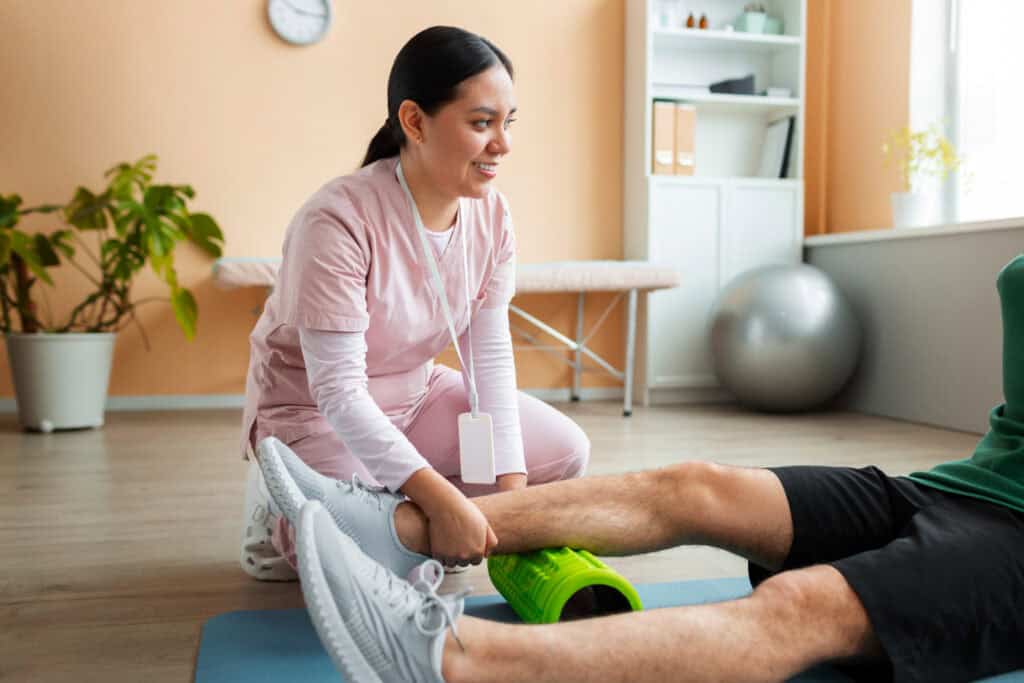
The Psychological Aspect of Movement
Active recovery isn’t just about physical benefits; it also has a profound impact on mental health. Engaging in light activities can boost your mood, reduce anxiety, and improve sleep quality.
Mental Health Benefits
- Stress Reduction: Gentle exercises lower cortisol levels, promoting relaxation.
- Improved Focus: Activities like yoga enhance concentration and mindfulness.
- Better Sleep: Physical activity during the day regulates sleep patterns.
- Social Interaction: Joining a group activity fosters connections and combats loneliness.
Incorporating active recovery into your lifestyle can help you feel more balanced and resilient both physically and mentally.
Conclusion
Active recovery and movement therapy are powerful tools in the healing process. They go beyond traditional rest by incorporating gentle physical activity that promotes faster and more effective recovery. By understanding the science, benefits, and practical applications, you can incorporate these methods into your routine for improved health and well-being.
Whether you’re recovering from an intense workout, an injury, or everyday fatigue, remember the importance of staying active. Small, consistent movements can make a big difference in your recovery journey, helping you heal stronger and feel better.

